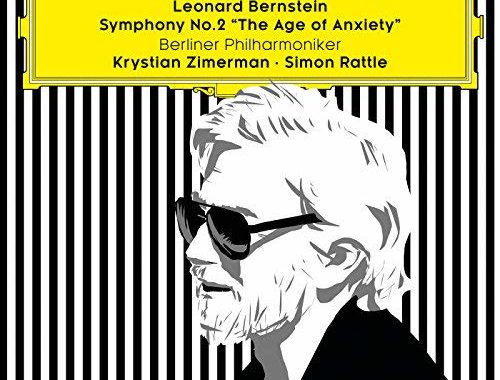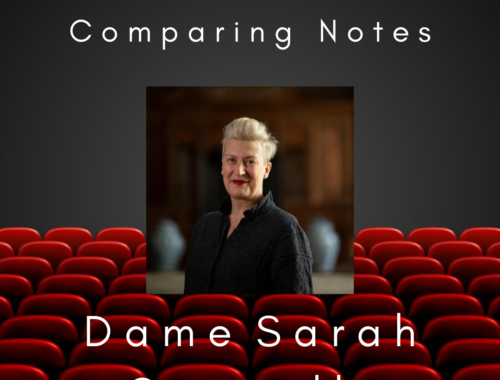Prom 13: West-Eastern Divan Orchestra, Barenboim, Royal Albert Hall – review
On the evidence of the series so far I doubt anyone was expecting Stravinsky’s favourite Beethoven Symphony – the 8th – to spring from the starting blocks with the kind of propulsive dynamism implicit in the composer’s metronome marking. But I for one had anticipated a more athletic response from Daniel Barenboim’s West-Eastern Divan Orchestra in this quirkiest and most surprising of symphonies. Their well-upholstered, urbane, sound – subtle blends, soft edges, with even the timpani eschewing a harder-sticked incisiveness – suggested an elder statesmanship as opposed to youthful defiance. Dangerous, elemental, challenging, it was not.
And therein lies the paradox. When Barenboim plays the piano sonatas he takes enormous personal risks to convey that revolutionary edge-of-reason unpredictability. It’s there, I repeat, in the metronome markings: there is a reason that the second movement Allegretto scherzando needs to go faster, that its parodistic ticking (a metronomic teaser that is at the very antithesis of the expected slow movement) is wilfully inelegant; there is ferocious joy in the edge-of-possibility momentum of the finale. But for all the felicitous touches here – like the balmy horn-led trio of the third movement minuet – this Beethoven – avuncular in manner and kindly in execution – spoke more to the civilised than the revolutionary.
And speaking of revolution, I’ve always thought of Pierre Boulez as having fought that particular fight half a century ago. But Barenboim’s cunning in programming music from the last couple of decades re-evaluates the notion that he was/is of his time and in a piece like Anthèmes 2 for solo violin the revolution in sound is very much alive and well and traveling through the physical spaces and far reaches of wherever it is performed. The Albert Hall grandly represents tradition in classical music but here it became a resonating chamber for Boulez’ wholesale transformation of perhaps its most expressive instrument, electronically amplifying, processing, distributing its sound (IRCAM sound engineer Jeremie Henrot) in such a way that it was never entirely clear where the music was or indeed where it had come from. Michael Barenboim, removed from his seat as leader of the orchestra, progressed ritualistically along a line of six music stands his fractured vocalise punctuated by a series of emotive glissandi seemingly amplified by an electronic “choir” cloned in his image. Extraordinary pizzicato passages filled the air like so much static electricity. The final resonance hummed through space, the instrument’s long legacy staring into an open-ended future.
And as quickly as it had begun the revolution ended with Beethoven’s most sheerly exhilarating Symphony – No.7 – basking in a glorious past rather than forging a brave new future. The cushioning effect of the introduction’s big chords (a couple of them anything but together) once again suggested a youth athlete carrying too much weight. Harmonies surprised, solo woodwinds delighted, but the dotted rhythms didn’t begin to convey a gathering euphoria. Barenboim observed an attacca into each movement and the celebrated allegretto second movement was achingly romantic and very “King’s Speech” at a “traditionally” portentous speed. The famous finale brought fizzing virtuosity but little sense of danger. A velvet revolution at best.
You May Also Like

GRAMOPHONE Review: Bernstein Symphony No. 2 The Age of Anxiety – Berlin Philharmonic/Zimerman Rattle
10/10/2018
COMPARING NOTES: Dame Sarah Connolly in Conversation
17/08/2020